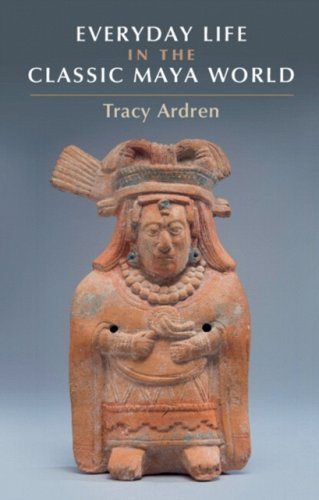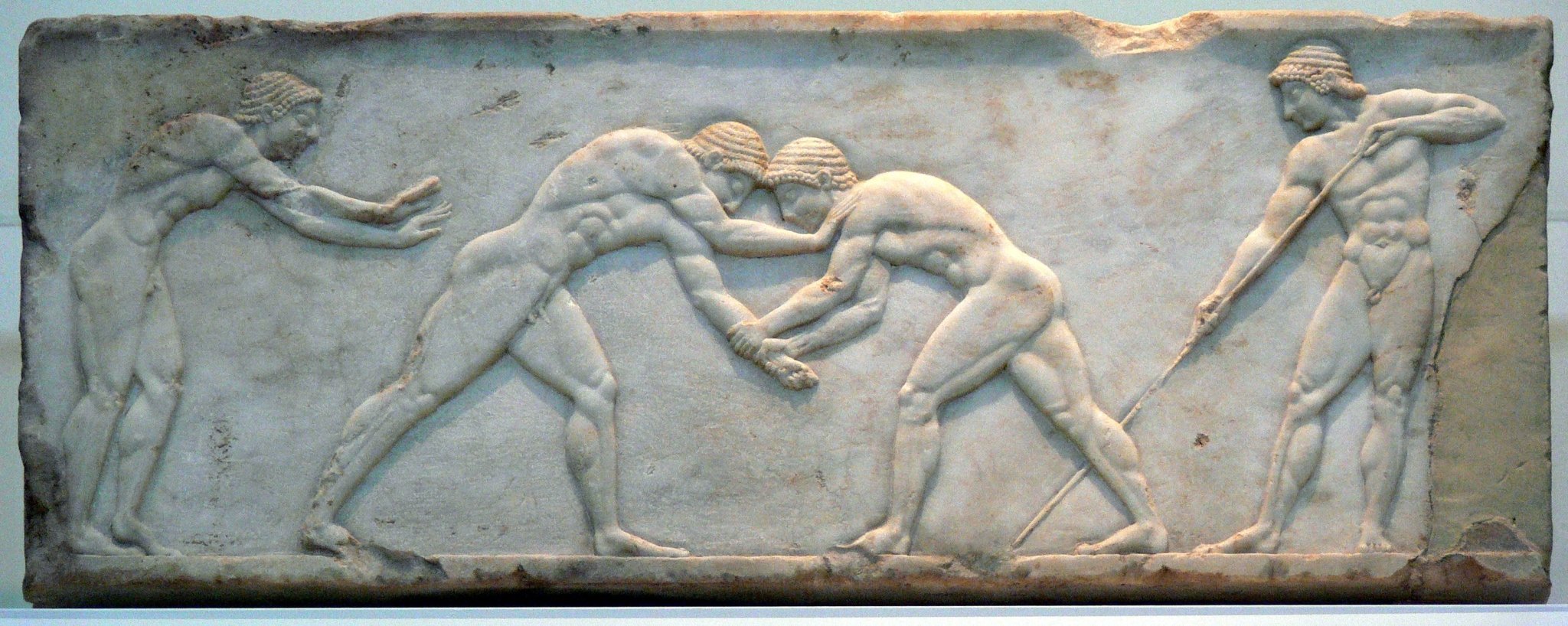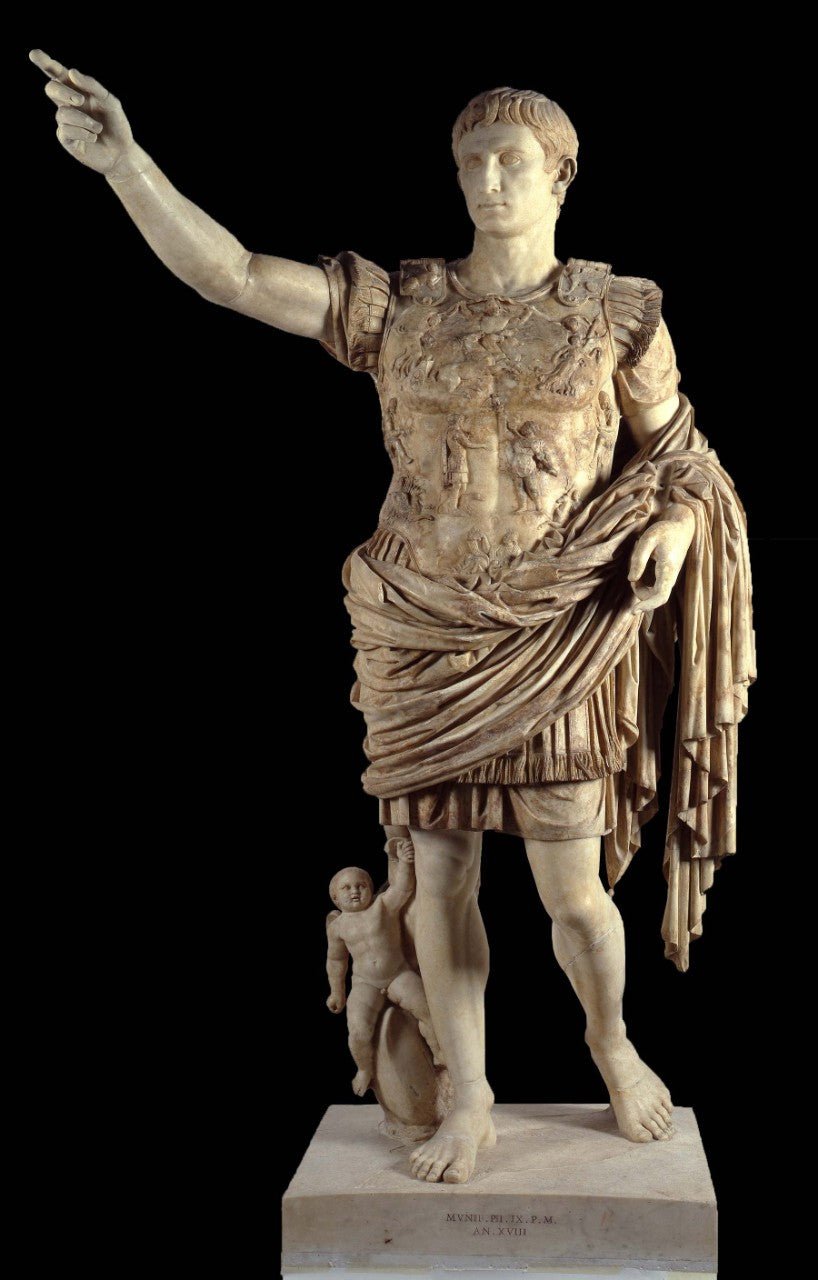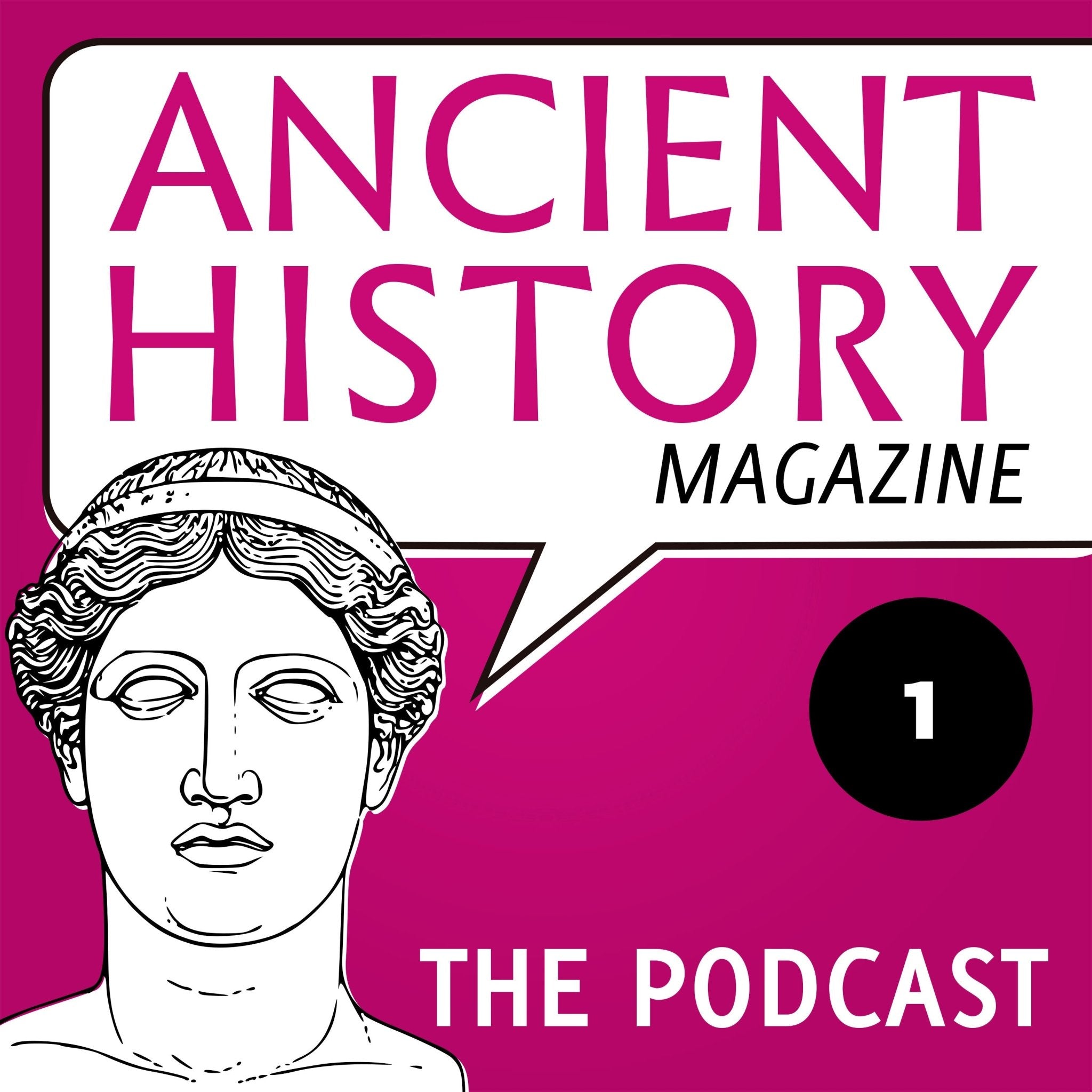Marcus Aurelius

Today it’s 1836 years ago that Roman emperor Marcus Aurelius (r.161-180) died and was succeeded by his son Commodus. It cannot have been too difficult to replace the portraits of the ruler, because the succession had been prepared quite well.
Imperial portraits were everywhere. The one to the right is from Avenches in Switzerland. Made of gold, it weighs about a kilo and a half (some 3lbs), making it extremely valuable and a bit strange that it has survived. Normally, one would’ve expected the gold to be reused for other purposes.
The explanation is that it was deliberately hidden. When German looters were in the neighborhood, someone took this object and threw it into a drainage canal, but he or she was never able to return and pick it up.
We are lucky that it has survived, because this really is a very remarkable object. It is a variant of what is called a portrait of the ‘fourth type’: Marcus’ official portrait, commissioned around the year 170. He’s wearing a general’s costume and has a v-shaped lock of hair in the centre of his hairline. Yet, in spite of the fact that it is based on an official model, the Avenches portrait doesn’t really look ‘classical’. The eyes bulge a bit and the hair is really odd: not the wild curls so common in this age, but almost a cap of parallel strands.
Why the difference? It cannot have been the product of an unskilled artist, because the goldsmith was certainly no bungler. Besides, no sane person gives large quantities of gold to someone who cannot guarantee a perfect product. The portrait was intended to be like this.
 The explanation is probably that the goldsmith was working in a Celtic artistic tradition. Celtic portraits often have similarly bulging eyes, while hair is often shown as a cap of parallel strands. An example is shown on the photo at right. That, however, is not part of a Celtic statue, but an Archaic Greek portrait (the “Spinarius”). The Celts learned the art of portraiture from the Greeks in the late Archaic age.
The explanation is probably that the goldsmith was working in a Celtic artistic tradition. Celtic portraits often have similarly bulging eyes, while hair is often shown as a cap of parallel strands. An example is shown on the photo at right. That, however, is not part of a Celtic statue, but an Archaic Greek portrait (the “Spinarius”). The Celts learned the art of portraiture from the Greeks in the late Archaic age.
So, what we see in fact is a Roman portrait, in which Celtic influence can be recognized because it has an age-old Greek haircut. This illustrates that someone studying the ancient world cannot limit himself to one specialism. Nearly everything in the ancient world is connected to nearly everything, and Ancient History Magazine tries to bring together what cannot be studied separately.
Further reading
- Nina Willburger, “Der goldene Kaiser, im Kanal gelandet – Die Büste des Marc Aurel” in: R. Röber e.a., Die Welt der Kelten (2012) 453




